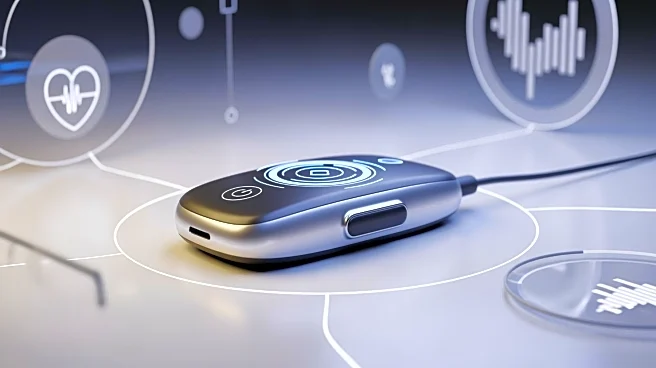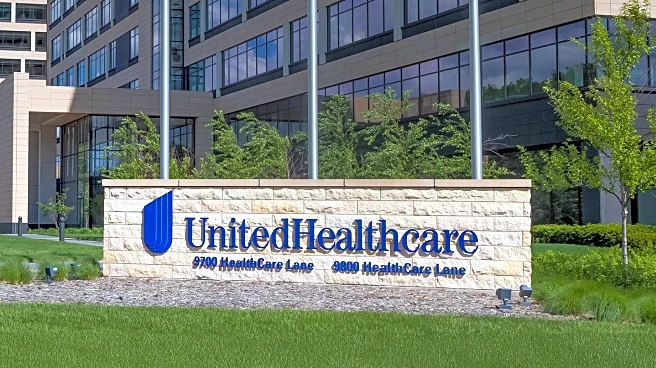What's Happening?
The Centers for Medicare & Medicaid Services (CMS) has proposed changes to the 2026 Medicare Physician Fee Schedule (PFS) that could significantly impact Remote Patient Monitoring (RPM). The proposed rule introduces new billing codes for shorter monitoring
periods, such as 2-15 days of data collection and 10-19 minutes of monitoring, expanding access to RPM for a broader range of patients. These changes aim to address the limitations of the current 16-day rule, which has restricted provider reimbursement. The updates are expected to enhance care delivery and encourage innovation in the healthcare sector.
Why It's Important?
The proposed changes to the Medicare PFS are crucial as they aim to make RPM more accessible and clinically relevant, potentially improving patient outcomes and reducing healthcare costs. By allowing billing for shorter monitoring periods, healthcare providers can offer more tailored and effective care, particularly for patients with chronic conditions or those requiring post-operative monitoring. This flexibility could lead to better patient engagement and adherence to treatment plans, ultimately enhancing the quality of care. The changes also encourage innovation in healthcare technology, as providers seek to leverage data for predictive analytics and preventive care.
What's Next?
Healthcare providers will need to adapt to the new billing codes and compliance requirements, ensuring accurate documentation and reporting. Training staff on the nuances of the new codes will be essential to avoid audits and optimize reimbursement processes. As the changes take effect, providers may also explore new RPM models and technologies to maximize patient and financial outcomes. The shift in policy presents an opportunity for the healthcare industry to reimagine care delivery and bridge gaps in treatment plans, potentially leading to sustainable growth in RPM usage.













